Character Creation
Heed these instructions closely, my followers, for herein lies my greatest desire in life - and in death. When I live no more, bury my flesh in the graveyard next to the crypt. Bury me shallow, and scatter on my grave the contents of the atelier's jars: four neothelid tongues, eight seugathi eyes, and a quart of dretch's bile. Do not bother will fell enchantments; these, I assure you, are already complete. Simply leave my body with its accoutrements and then, above all, cover my grave with worms. Take these creatures' measures well, my pets, for you shall see them - and me - again. It will all be clear soon.
— From the will of Vladdon Bavonoda, mad wizard of Ustalav and the first Worm that Walks.
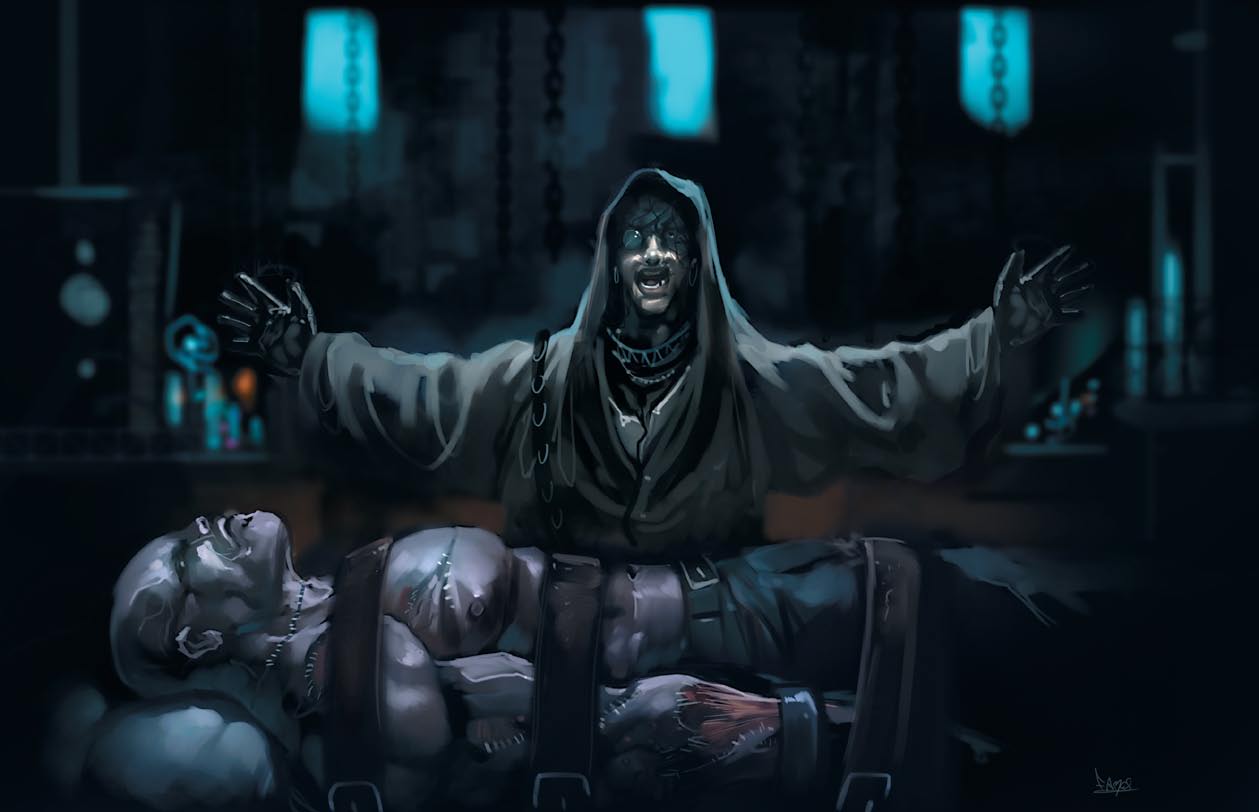
Step 1: Consult the Players Guide
The players guide contains many details regarding the campaign and is a great resource specifically for planning your character. Many topics in the following sections refer to the players guide or contain excerpts from the players guide. While you do not need to read the entire guide, it is recommended to read as much of it as you can, or at least open a copy of it while creating your character, to make referencing easier.
A copy of the players guide may be found HERE.
WARNING! Due to the specific events of this campaign, players will not be able to create a new character after the initial character-creation phase. Changing classes will be simple (but costly), but your race, stats, and campaign trait will all be completely locked in unless altered by spells of story circumstance (Rare). It may be wise to plan to build a character with a high survivability, such as choosing feats that help them live, or choosing classes that protect the character from death (or even cause resurrection or reincarnation in the event of such).
Step 2: Choose a Class
Get an idea for the kind of character you want to play. Magic or Melee? Tactical or Straight Forward? Highly Skilled or Powerful? Team Oriented or Loner? Choosing a class is the first step in building your character.
There are no restrictions on classes, though the Players Guide has some advice. Classes that rely on a certain degree of stable infrastructure, especially urban-focused classes and archetypes, may have a harder time. Characters with some ability to navigate effectively or have the ability to travel faster will find practical applications for their skills frequently.
Given their prevalence in Lastwall, paladins are an obvious choice, as are clerics and warpriests, but players of such characters should do so with an open mind, as many important growth moments in the Adventure Path require working alongside the lesser of two evils for the betterment of the world. It's worth pointing out that even the paladin code allows lawful good characters to work alongside evil companions for the greater good, so long as they can curb the dark actions of their allies.
Other classes well suited for Tyrants Grasp include fighters, rangers, rogues, and wizards. Druids - residents of the nearby Fangwood Forest - are likewise a local feature, though druid players may find the desolate landscapes limiting. Because of the numerous undead opponents, bards (as well as enchanters and illusionists) may find fewer targets for their magic and songs. Characters reliant on using very specific equipment will struggle due to the scarcity of resources and shopping opportunities, particularly in the beginning.
Monks, cavaliers, and inquisitors are represented well in Lastwall, and even summoners and witches are left in peace so long as their gifts aren't turned toward destruction or control. Brawlers, hunters, investigators, and slayers are also among the nation's heroes, as well as spiritualists and mediums who handle the omnipresent lingering restless spirits.
Classes of a chaotic bent - barbarians and skalds especially - are not unheard of, but are not well represented amongst the notably honor-bound culture of Lastwall and may have a hard time finding kindred spirits or welcoming aid.
Finally, a caution is given to characters reliant on animal companions, cohorts, familiars, or mounts, with the exception of the witch and the shaman, as those creatures will be separated from the player near the beginning of the adventure, though their aid and companionship may prove invaluable throughout the campaign once reunited (or replaced).
The players guide also contains many other recommendations for both classes and prestige classes as well as archetypes thematic for this campaign.
For more information on classes generally, visit pfsrd.com
Step 3: Rolling Stats
Stat rolls must be done in person with the GM, so they will not be detailed heavily here. Depending on stats, the chosen character concept and class may need to be tweaked. If the stats rolled are not to the players liking, they may choose to default to a 20-point buy.
Step 4: Filling in the Character
Every character has elements of the following. Click on each section as needed to expand the details. It is HIGHLY recommended to view each section in order, as they each contain critical information.
Race
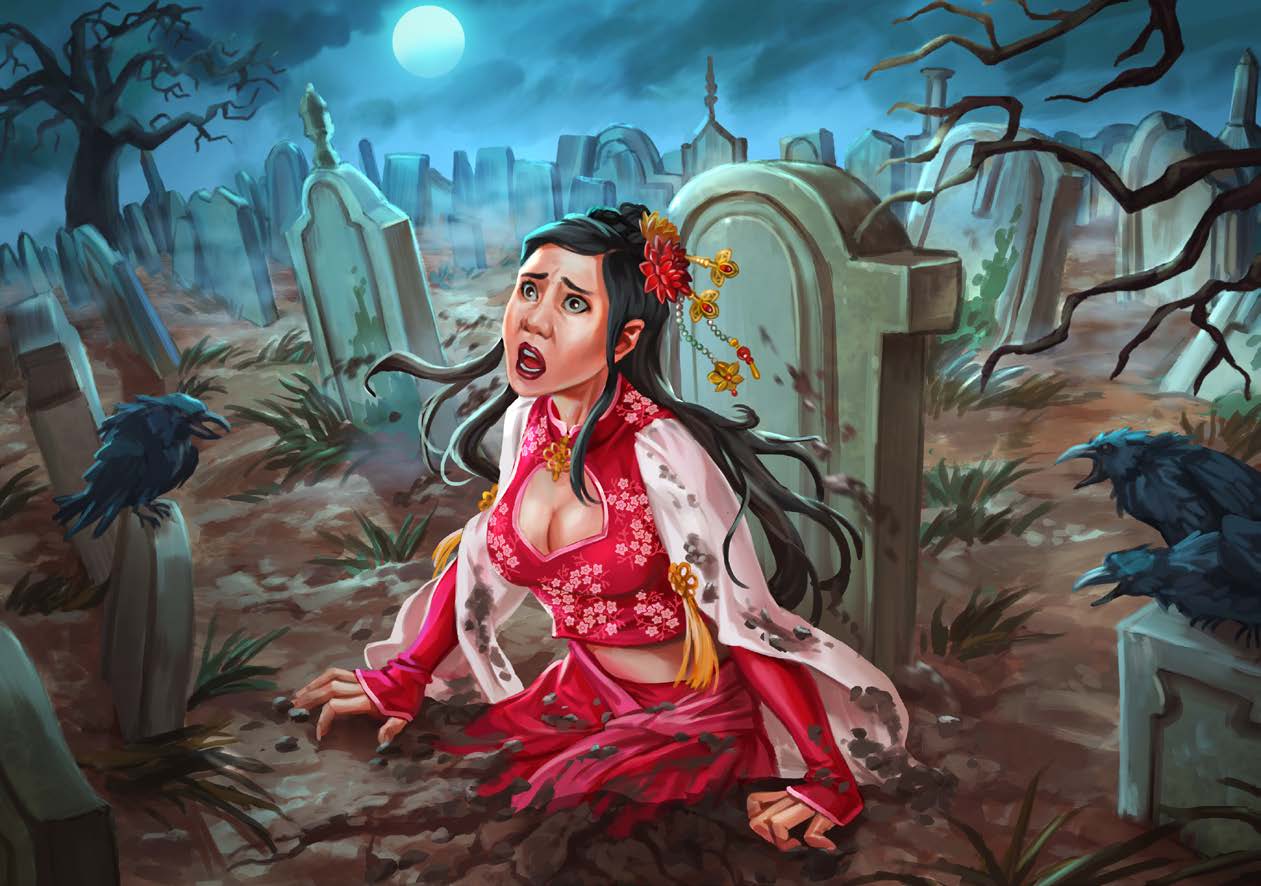
Races for this campaign are partially restricted. Anyone may play the following races, sorted by order of prevalence in Lastwall: Human (Taldan, Chelaxian, Varisian, Kellid, Garundi, Keleshite, Tian), Half-Orc (whom exchange some racial stigmas), Dwarf, Halfling, Gnome, Elf, and Half-Elf. Aasimar and Dhampirs are also permitted, though they are treated generally with a certain level of mistrust - dhampirs for their obvious ties to undeath, and aasimars for their otherworldly origins.
Changelings, Duskwalkers, and Skinwalkers are uncommon enough to not draw too much attention, and as such may be played by any player with a limit of no more than one of each race. Duskwalkers are exceptionally rare and powerful creatures, with an abnormal number of them are rising in lastwall due to its connection with death, allowing a single player to count themselves amongst its ranks. Finally, few crusaders were of Kellish descent, but their prevalence throughout Golarion mean that Geniekin (Undine, Oread, Ifrit, Sylph, and Suli) are not unheard of, and a single player may play one of these races. These limited races may be chosen on a first-come, first-serve basis, or if none are chosen, a single player may choose an unlisted race, subject to GM approval.
In addition, alternate racial traits represent a unique heritage. Up to one alternate racial trait may be chosen, but no more than one.
Archetypes
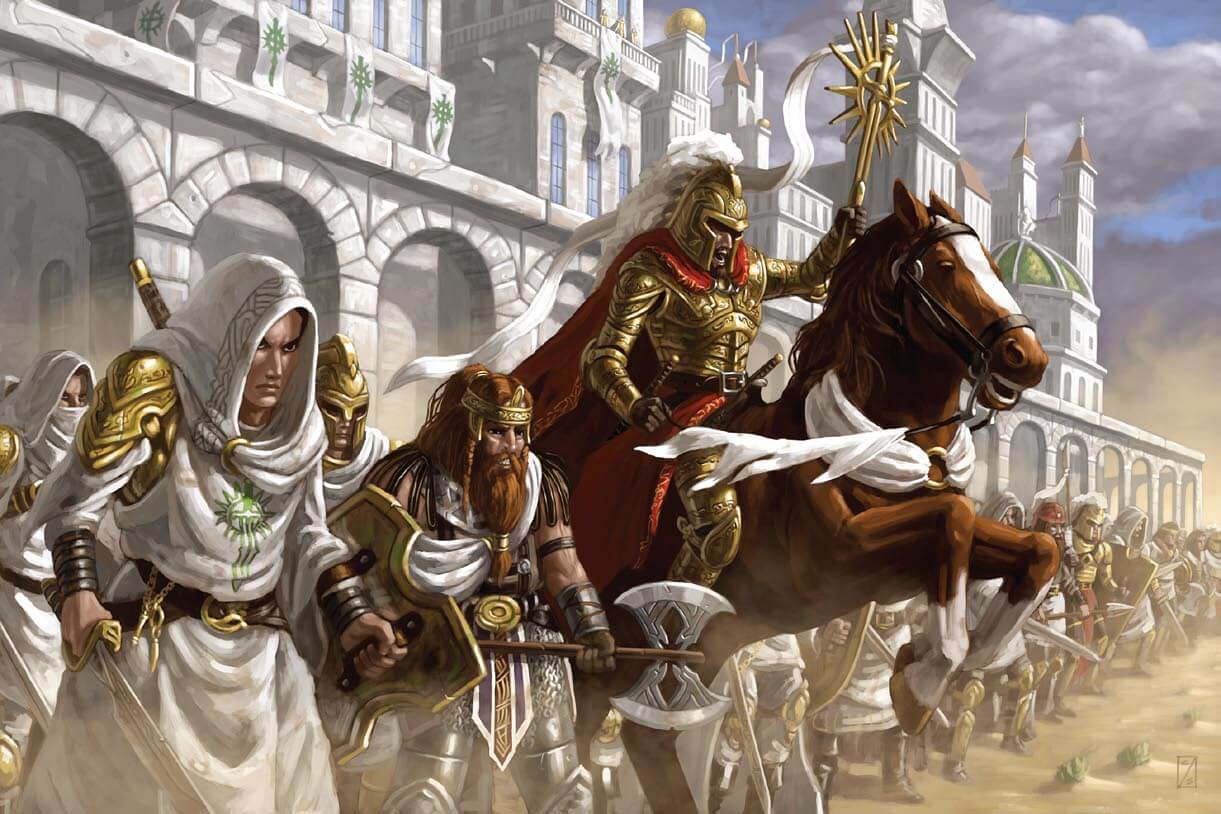
Archetypes provide a way to tailor a chosen class to better fit the desired playstyle. Archetypes specializing in combating undead, fending off undeath, or preventing ones own death, will be particularly useful throughout most of the campaign.
- Some suggested archetypes for tailoring your character towards this campaign include:
- Bard: Silver Balladeer
- Bloodrage: none
- Bloodlines: Accursed, Arcane, Celestial, Destined, Phoenix, Undead, Verdant
- Brawler: Exemplar, Shield Champion
- Cavalier: Daring Champion, Knight of Arnisant, Standard Bearer
- Cleric: Crusader
- Fighter: Crossbowman, Phalanx Soldier
- Gunslinger: Graveslinger
- Inquisitor: Exorcist, Witch Hunter
- Magus: Skirnir
- Medium: Reanimated Medium
- Monk: Martial Artist, Monk of the Healing Hands, Soul Shepherd
- Oracle: Possessed Oracle
- Mystery: Battle, Bones, Heaven, Life, Reaper
- Paladin: Divine Defender, Empyreal Knight, Undead Scourge
- Ranger: Battle Scout, Skirmisher, Trapper
- Favored Enemies: Undead, Aberration, Fey, Humanoid (Human), Humanoid (Elf), Humanoid (Mortic), Plants
- Favored Terrains: Underground, Forest, Hills, Mountains, Urban
- Rogue: Scout
- Shaman: Spirit Warden
- Slayer: Deliverer, Grave Warden
- Spiritualist: Grim Apostle, Investigator
- Summoner: Soulbound Summoner
- Warpriest: Champion of the Faith, Divine Commander
- Witch: Hedge Witch
- Improved Familiar: Agathion (Silvanshee), Angel (Cassian), Archon (Harbinger), Carbuncle, Inevitable (Arbiter), Psuedodragon, Psychopomp (Nosoi)
- Patron: Ancestors, Death, Endurance, Healing, Light, Portents, Spirits, Strength, Vengeance, Wisdom
Alignment
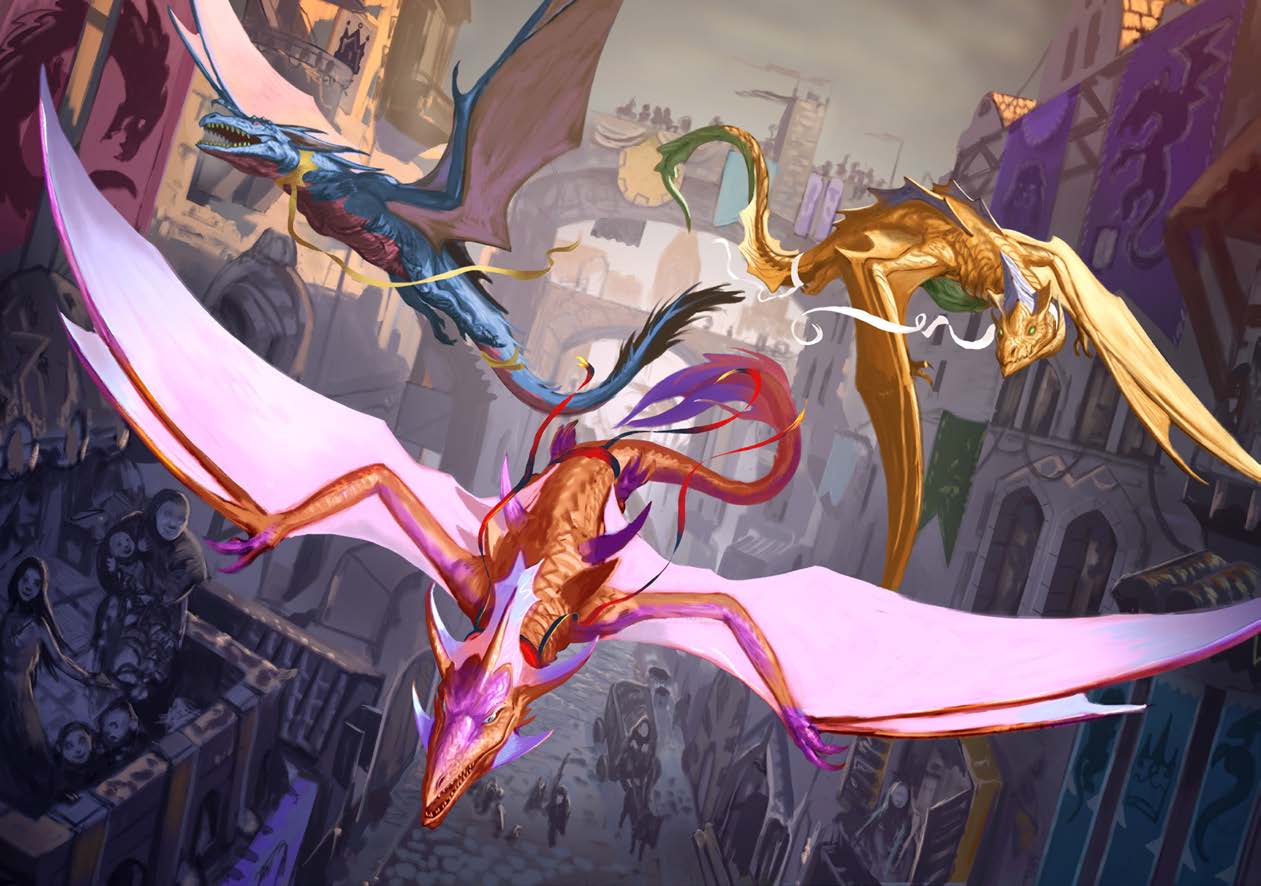
Every character must have an alignment, showing their outlook on ethics and morality respectively. Each character must be either Lawful, Chaotic or Neutral ethically and either Good, Evil, or Neutral morally. If you have a hard time understanding these alignments, please consult your GM.
The nation of Lastwall (the central location for this campaign) is Lawful Good, so characters who are Lawful Good or their immediate neighbors, Lawful Neutral and Neutral Good, are the most common alignments and will be most at home. Lawful evil and chaotic neutral characters are allowed, though discouraged, as it will be more difficult for them to get by in the game and interact peaceably with the party. True Evil (neutral evil) and Chaotic Evil are not permitted in this campaign.
The motivations of the player characters by the adventures beginning should be out of a desire to be heroes, not necessarily out of a desire to do good or to attain glory - though that can certainly be the case - but chiefly to mitigate suffering, save whomever possible (at least to keep them from becoming undead servants of the Whispering Tyrant), and above all, to stop the return of the greatest force of chaotic evil in the land.
Campaign Trait
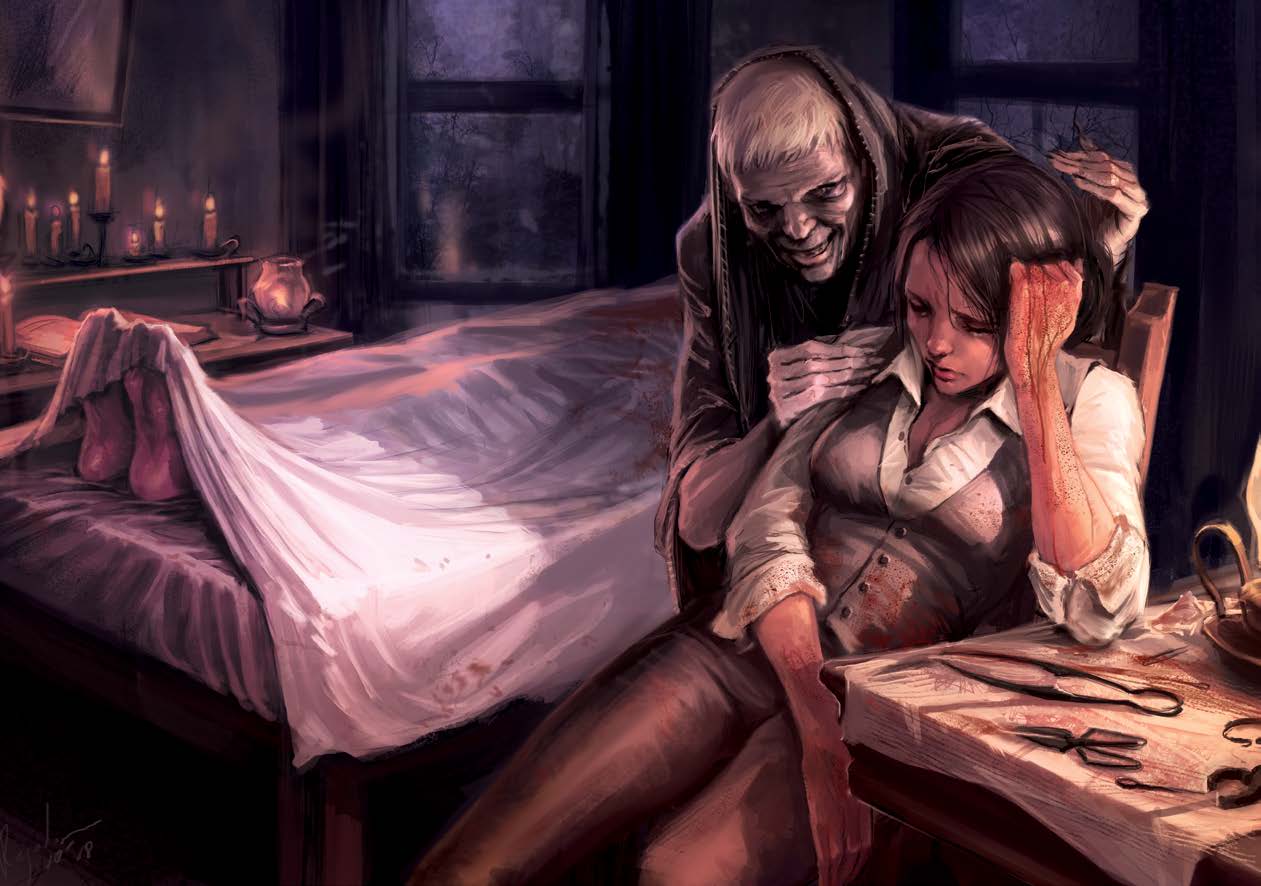
Every player gets two traits during character creation. Players may take a drawback trait to get up to one extra trait (total of three). One of these traits must be used to select a campaign trait, which ties the character into the area and serves throughout the campaign. No player may have more than one campaign trait, and no two players may select the same campaign trait.
Campaign traits are detailed in the player's guide and further expanded upon in the heroes tab and will not be detailed here. Please note, you may need to iron out your familial details with the GM prior to the game, and any money or items received from your trait cannot be spent before the start of the game.
Some standard traits that go along well with this campaign setting and the faith-minded citizens of Lastwall include: Armor Expert, Birthmark, Child of the Temple, Courageous, Divine Warrior, Indomitable Faith, Militia Veteran, Reactionary, Resilient, Sacred Conduit, Undead Slayer, and Veteran of Battle.
Religious Views
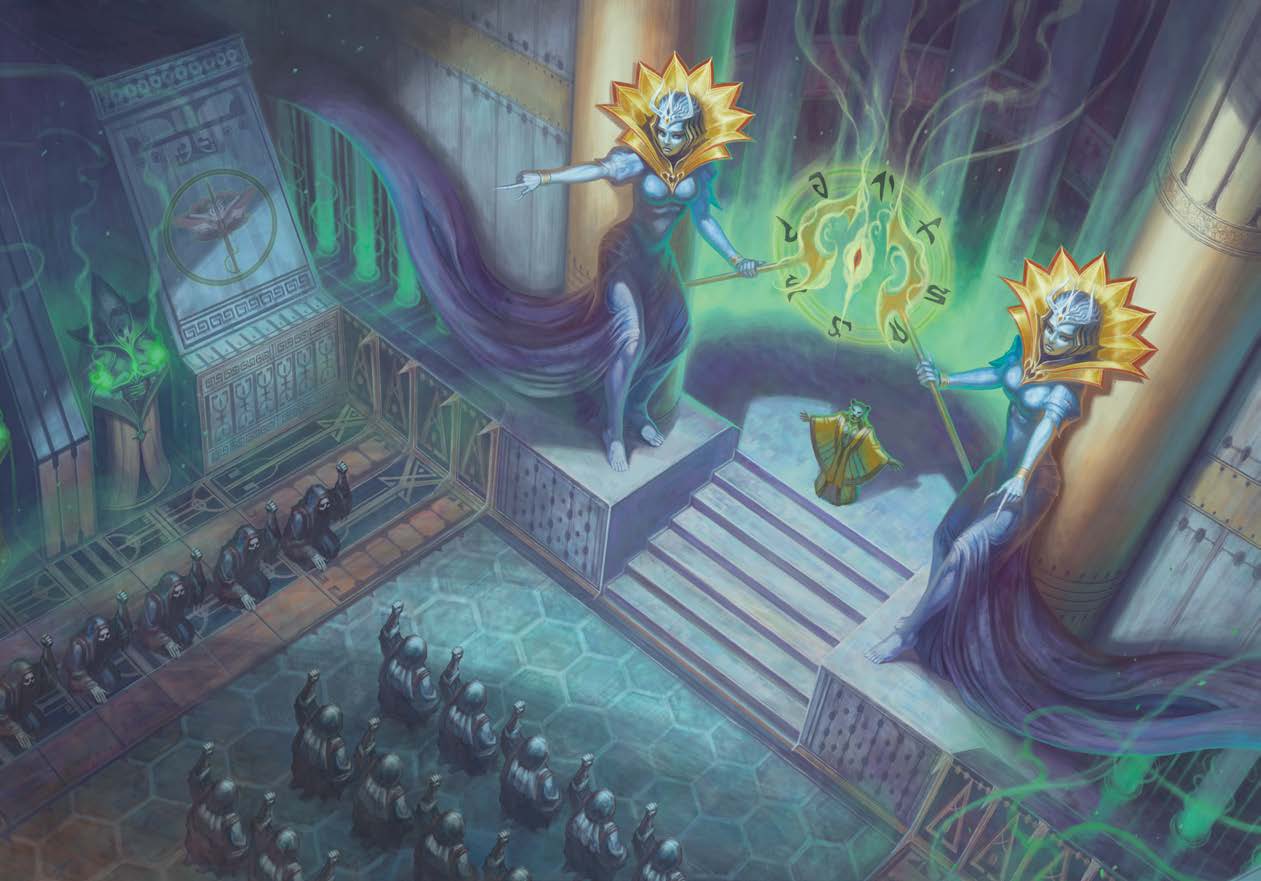
Faith is a cornerstone of Lastwall's culture, and nearly every citizen pays homage, whether casual or devout, to one or more gods on a regular basis. While selecting deities to worship is not required, it is recommended.
The overwhelming majority of the people of Lastwall follow Iomedae, even if some of them still respect Aroden, followed closely by the war god Gorum, particularly among the many orc-mixed communities. Most soldiers worship both. Pharasma is also commonly represented throughout Lastwall with most citizenry grimly familiar with Pharasman funerary rites.
Other gods commonly seen in Lastwall include the Taldan pantheon - Abadar, Cayden Cailean, Norgorber, and Shelyn. Less commonly, Desna, Torag, and the rest of the Dwarven Pantheon may be found, along with the redemptive Sarenrae, whose worship was especially prevalent around Roslar's Coffer before many of her followers were massacred in the orc raids. There are also many cults to the various Empyreal Lords, especially Ragathiel and Andoletta. Many small communities like Roslar's Coffer still have holdover traditions and worship to Erastil, even if most his the faith has eroded across Lastwall.
Oddly, a number of crusaders returning from Mendev have taken to worshipping the redeemed Demon Lord Nocticula, with some adopting her as a patron of redemption and forgiveness. Finally, while the death of Arazni is an embarrassing shame that Lastwall cannot forget - indeed, the crusaders which founded it are, in a way, responsible for her demise - there are a handful who still offer prayers to her, either out of mourning for sacrifice, or out of a wounded sense of co-misery and hate.
Feats
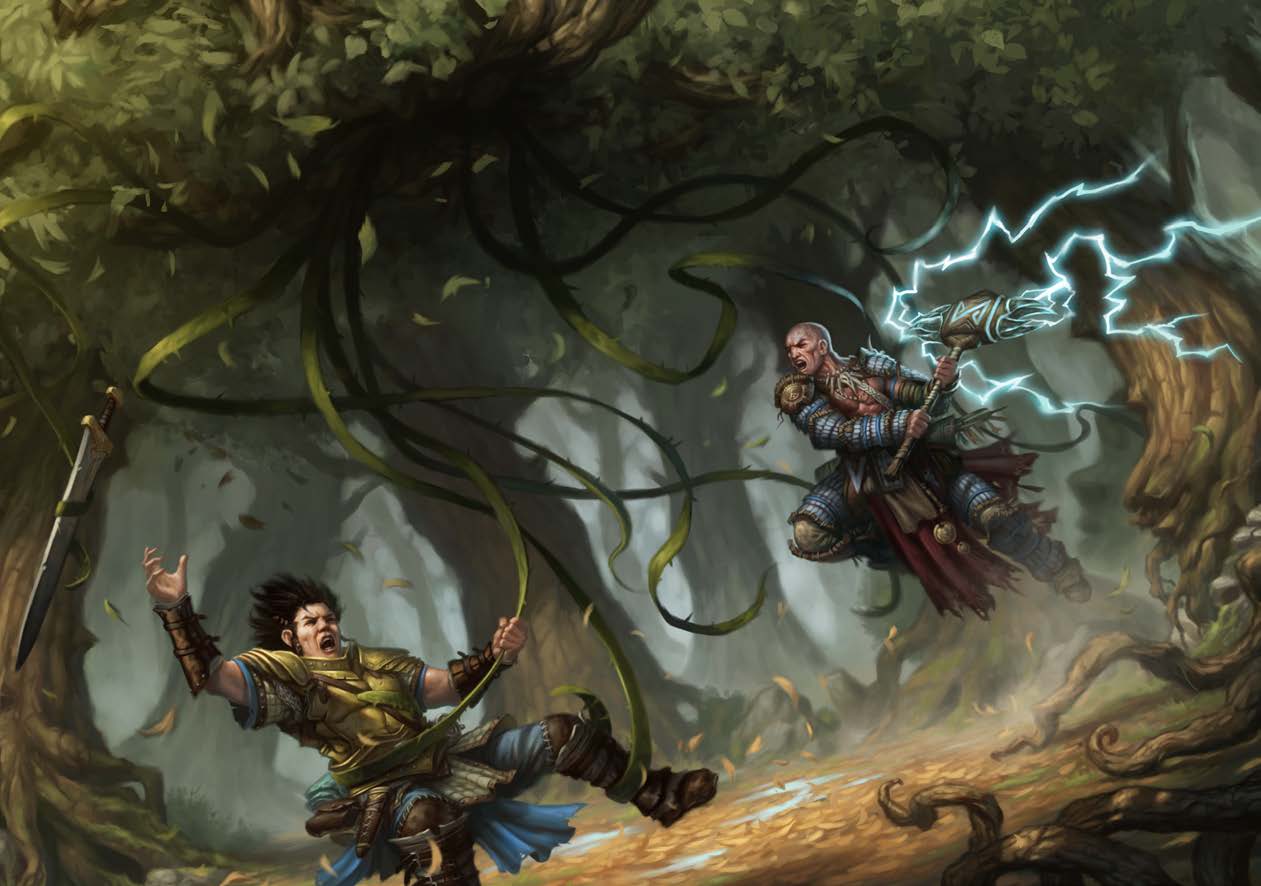
Every player gets one feat at first level, and every odd numbered level thereafter. They may also get bonus feats from their classes, race, or archetypes.
PC's are recommended to dedicate themselves to one or more combat feat trees. With undead as a common feature, feats like Power Attack and Cleave will be handy, as will be feats that boost Fortitude and Will saving throws. The Ectoplasmic Spell metamagic feat will aid spellcasters in engaging incorporeal undead, and feats augmenting channel energy class features will likewise prove useful.
Skills
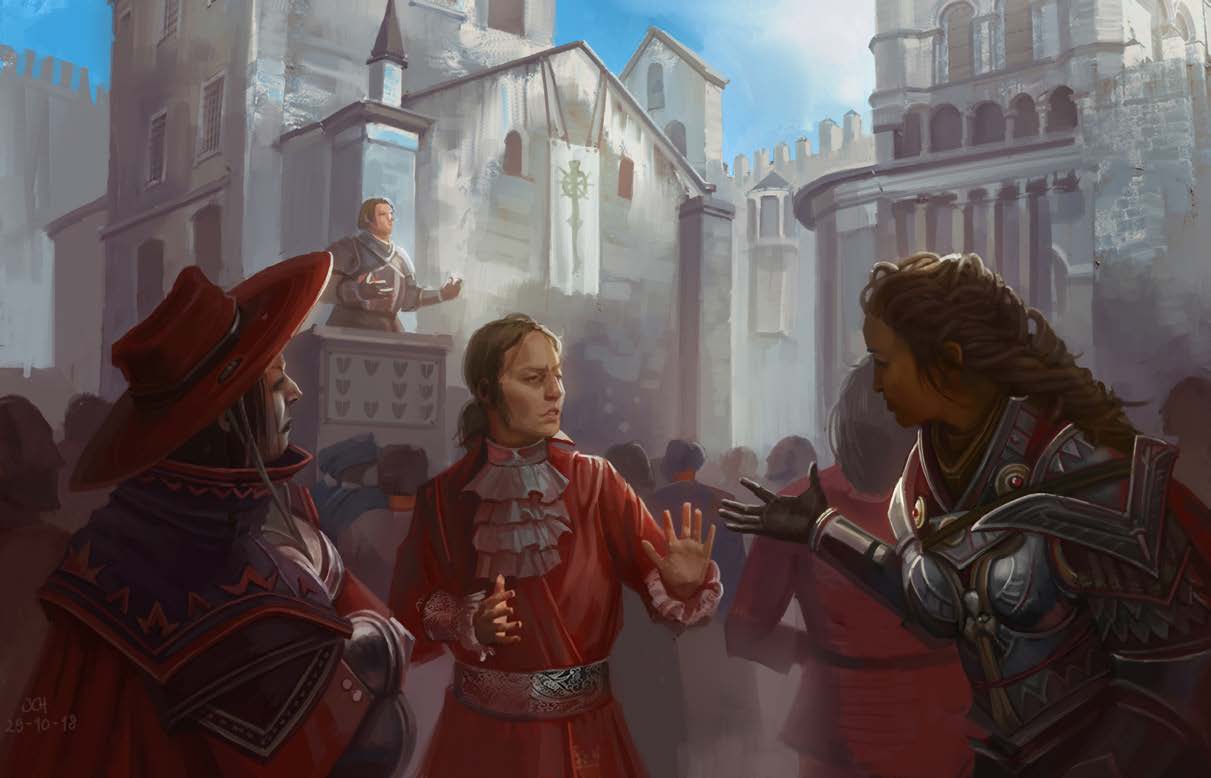
This campaign has a survival-horror theme and likewise has much more emphasis on identifying and surviving threats or otherwise mitigating them than it does on dialogue. While no skill is ever useless, players will find that a diversity of Knowledge skills (particularly history and religion, with arcana, dungeoneering, geography, and planes also having their own applications).
Players will also be confronted with physical challenges which may require the use of Acrobatics, Climb, and Ride skills. Perception is always useful and the classic adventuring standbys of Disable Device, Spellcraft, Stealth, and Survival will all also have moments to shine.
Finally, every player may start with extra skill rank in a profession of their choice, and another rank in either a second profession, a craft, or a perform skill, representing their training in surviving in the Border Country. The most common professions in the area are architect, engineer, farmer, herbalist, librarian, scribe, and soldier.
Equipment
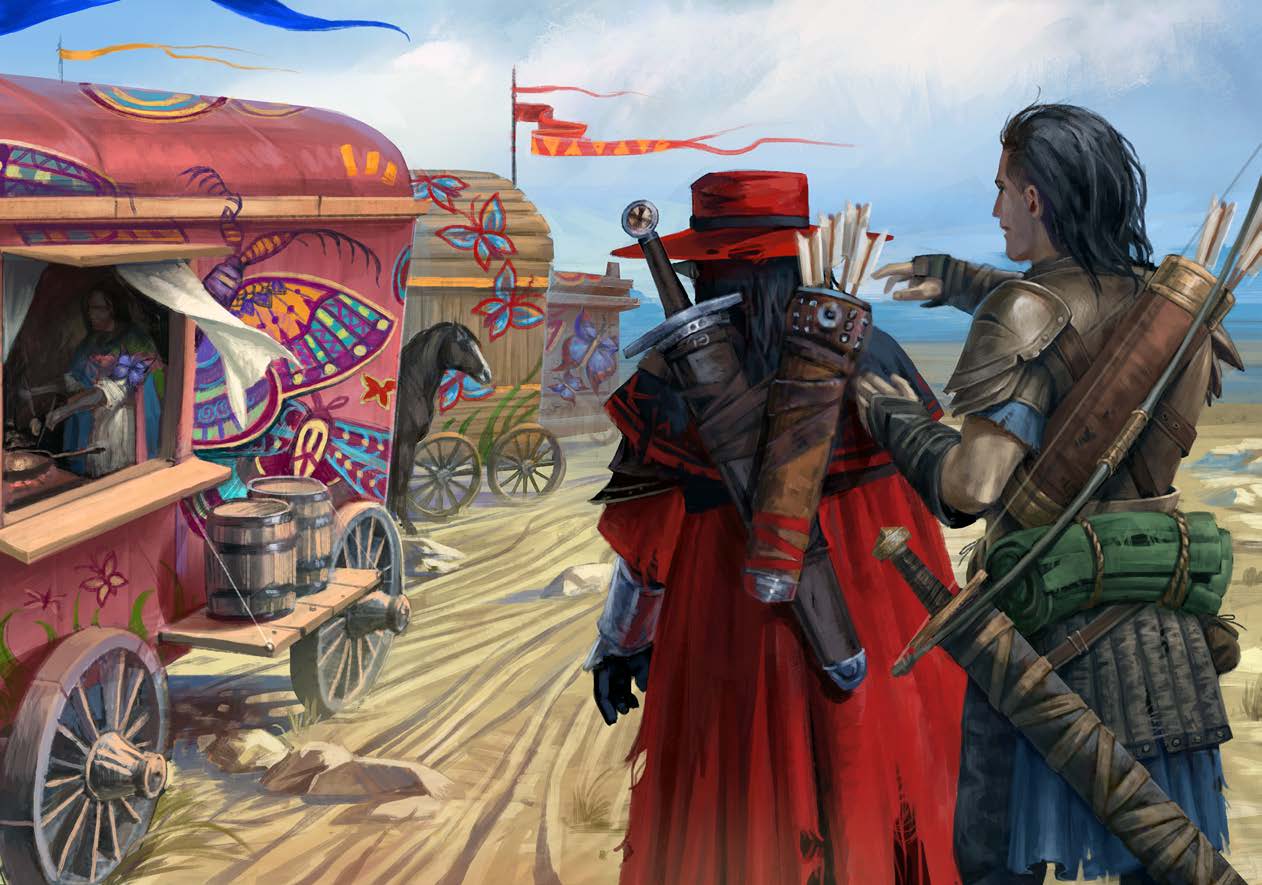
Equipment is an important part of every character. Each player has a certain amount of starting gold, determined by their class, with which to buy items. For this particular campaign, all players must choose average starting wealth.
Players may buy anything they'd like that they can afford, though they cannot spend more than half of their starting wealth on any one item. Players also form a bond with a number of items equal to half of their charisma modifier (minimum 0), which may be changed each time they level.
WARNING! As this is a Survival-Horror campaign, equipment that you find will be limited or damaged, opportunities to buy/sell will be very infrequent (about 4 times in the whole game), and time to rest and craft will be nearly non-existent. Classes that rely on ready access to items (like ammunition or spell components) or specific magic items (like wands) will have a harder time, but characters with abilities that make it easier to get along without such things (such as methods of foraging for food, ammo, or spell components) will have a much easier time, especially at lower levels. It would be wise for at least one person in the party to know how to find (and cook) food, how to heal, and how to repair equipment.
Step 5: Finalization
Please audit your character to make sure nothing has been forgotten. It may be wise to check your character sheet with the GM. Also, check with your GM if anything is confusing, if you need help with any of these steps, or if you are concerned about how something in your character build may interact with the campaign world or the party.
Your characters personality and familial details will also be important and need to be determined before the commencement of the campaign. Work with your GM to plan these, but understand that most characters will probably need: Likes, Dislikes, Fears, Aspirations, Parents, Parental Relationship, and Close Relationship Details such as information regarding a current or former spouse, sibling, or child.
Double check your character, and make sure you know how your character fits in the community (whether or not they already know the other players). Whether they were raised here, are temporarily stationed here, came here to set up shop or find work, or thought hey were just passing through, your character should have been living in Roslar's Coffer (the starting location of the game) for at least the last year, and preferably at least the last ten years.
- Some commonly overlooked items are:
- Calculating skill bonus totals, base attack bonuses, total health, saving throws, and combat modifiers.
- Choosing Spells Known and Spells Prepped.
- Determining your characters height, weight, age, and carrying capacity.
- Double Checking that all skills and feats have been chosen.
- Saving some spending money for the beginning of the game.
